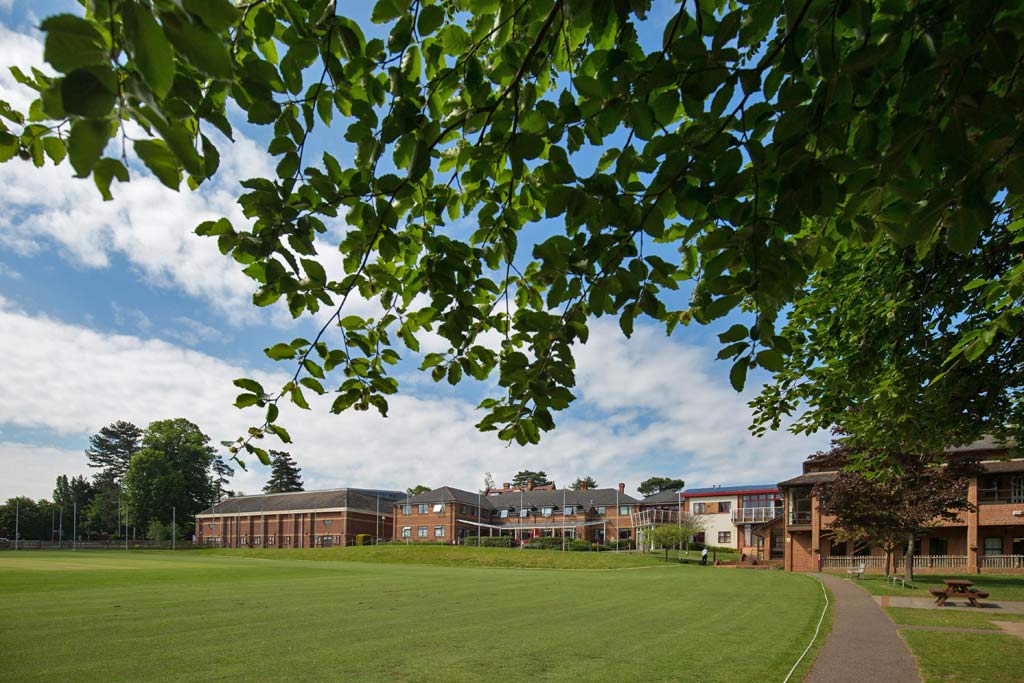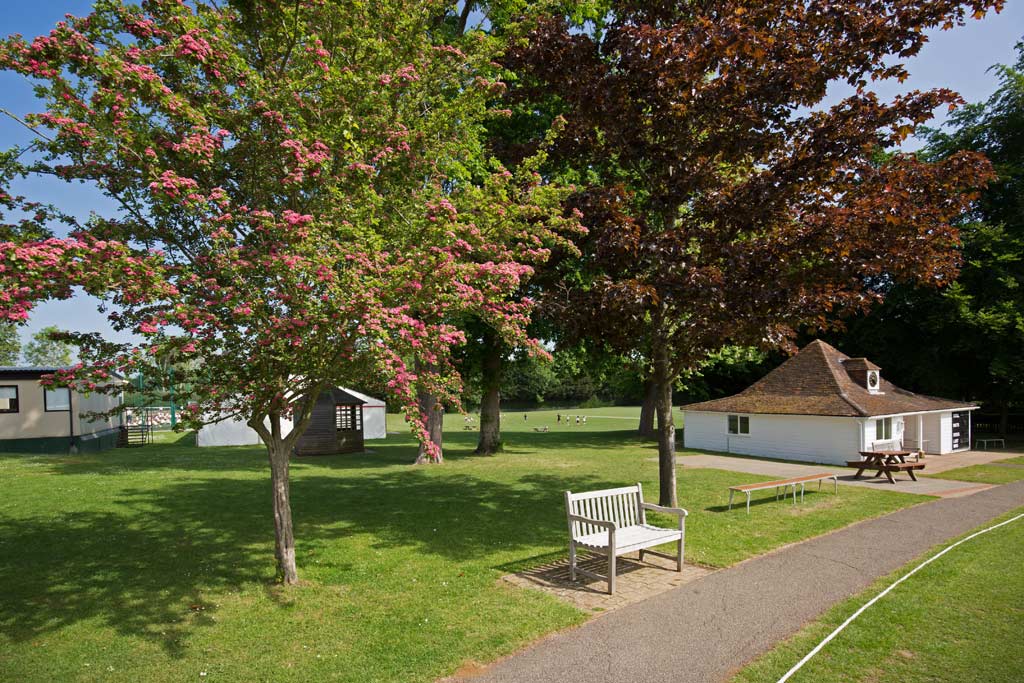Helping your Child Prepare for Secondary School
In the UK, secondary schools admit children from the ages of eleven through to sixteen (known as Key Stages Three and Four). Depending on where your child is at school, this transition may mean moving to a different building, site or a new school all together. This can be a daunting yet exciting change for many young pupils, so it is completely normal to feel apprehensive about moving to a new school.
Primary versus secondary: what’s the difference?
Regardless of where your child goes to school, at senior school the skills, approaches, expectations and structure of their school are likely to be different to their primary school. For example, timetables are likely to require pupils to move from room to room with the correct equipment and books. Instead of one class room and one class teacher, your child may have a Form Tutor and Tutor Room for registration. Lessons and the school day may be longer and a school locker will replace a personal desk and/or peg for their belongings.
Aged eleven-fourteen, your child will enter Years Seven-Nine when they’ll be studying Key Stage Three. When they move into Year Ten, things get more serious as they begin to prepare for their General Certificate of Secondary Education (GCSEs). At this point, they’ll then be studying Key Stage Four, at the end of which they’ll take their GCSE examinations in their chosen subjects, as well as the compulsory subjects (Maths, Biology, Chemistry, Physics, English Literature, English Language and ICT).
Some schools don’t have sixth forms, instead their pupils will move on to study Key Stage Five at a Sixth Form college. If your child’s school does have a sixth form, they can remain there for Years Twelve and Thirteen where they’ll sit their AS and A Level examinations (or International Baccalaureate (IB) if this is offered.
Challenges and concerns
Learning their way around senior school
Children might find that there are more buildings and that everything seems bigger at senior school than it was at primary but they’ll find their way around in no time. On their first week, they are likely to be given a map and shown their way around. Soon they’ll know the school layout like the back of their hand.
Getting to lessons
A lot of schools introduce room changes and teacher changes from Year Nine (when children choose their GCSE subjects) onwards. So this difference from primary to secondary won’t be a complete shock to the system. If it is, as mentioned above, help will be provided in the first few weeks to help pupils learn to navigate round the school site.
Moving into new class groups
Regardless of the exact details of your child’s transition to senior school, they’re likely to be in different classes with new peers. They may also no longer be in as many classes with their close friends, or their friends may be going to a different school all together. Similarly, they’ll probably have some new teachers.
Getting to school as a teenager
A new school site or school all together may mean a different means of transport is taken to get to school. Depending on where you live, when your child reaches Year Seven, you may decide to begin using a school bus or local train services as your child’s means of transport to and from school. If so, there will probably be many other children in their year taking the same or a similar route, so they can link up with them to make the first few journeys seem less daunting.
Solutions
Getting themselves to senior school
In terms of introducing independent travel to school, a dummy run on a weekend or during the holidays can also be helpful. For many children and teenagers, getting to school independently provides time for social interaction with friends and peers and they enjoy this new found freedom and sense of independence. Familiarity with the route beforehand will provide them more confidence and reassurance that they will arrive on time.
Senior school bonding days
Although meeting a lot of new people may be overwhelming at first, your child will quickly become familiar with their new classmates and teachers. Induction days and events are great in terms of meeting new peers and teachers for the first time. If your child’s school organises any bonding activities or events like this, it’s recommended to attend. If not, school staff will be on hand during the first few weeks to help new starters. They’re experienced in helping pupils through this transition. Most importantly, you can reassure your child that senior school is different for everyone in their class, not just them alone.
Mentor and Buddy systems are sometimes organised in schools so that Year Sevens have an older pupil they can speak to and perhaps ask questions they don’t want to ask parents or teachers. Mentors and Buddies also act simply as a friendly face and reassurance that although they seem settled and grown up now, they were once a Year Seven, lost on the way to their maths lesson! Teachers and staff will be understanding of pupils who are late or forget some of their books during those first few weeks. So there’s no need for your child to be worried about knowing their way around straight away.
If your child is apprehensive about moving up into secondary school, this is perfectly normal. Most of the time any worries and concerns disappear after the first few weeks. With experience and pastoral care departments, schools are equipped to support both parents and children throughout this transition process. All in all the progression from primary school to senior school is an exciting phase in young people’s lives.
Secondary Teaching at Cranmore School:
Cranmore will be offering senior education for boys through to the age of sixteen when they can move on into the Effingham Schools Trust Co-Ed Sixth Form (ages sixteen to eighteen). We will be actively recruiting boys for 2020 entry in Year Seven (age 11+).
Our particular diamond model means that children from Nursery to Year Four are educated in a co-ed environment at Cranmore, then from Year Five to Year Eleven boys and girls are educated on two separate sites in a single sex environment, before they come together again for a co-ed Sixth Form.
A benefit of this model and of the Effingham Schools Trust is that the move from primary to senior school seems less drastic due to the partnership between St Teresa’s School and Cranmore.
Further information on this new partnership with our neighbouring school, St Teresa’s can be found → here.


